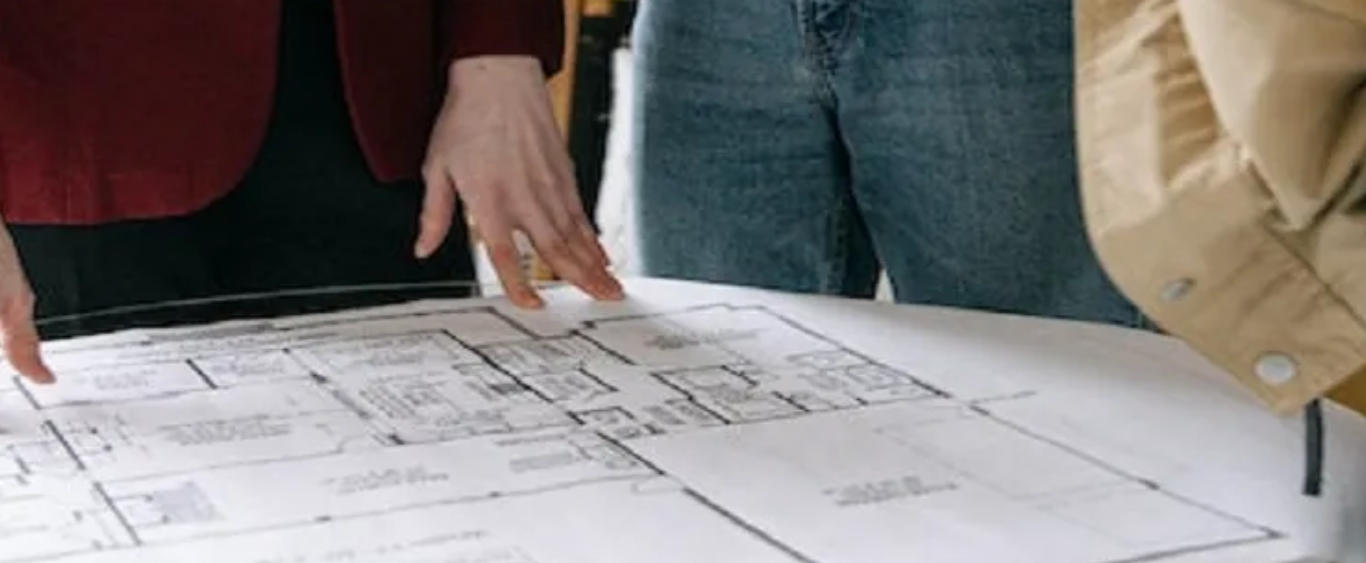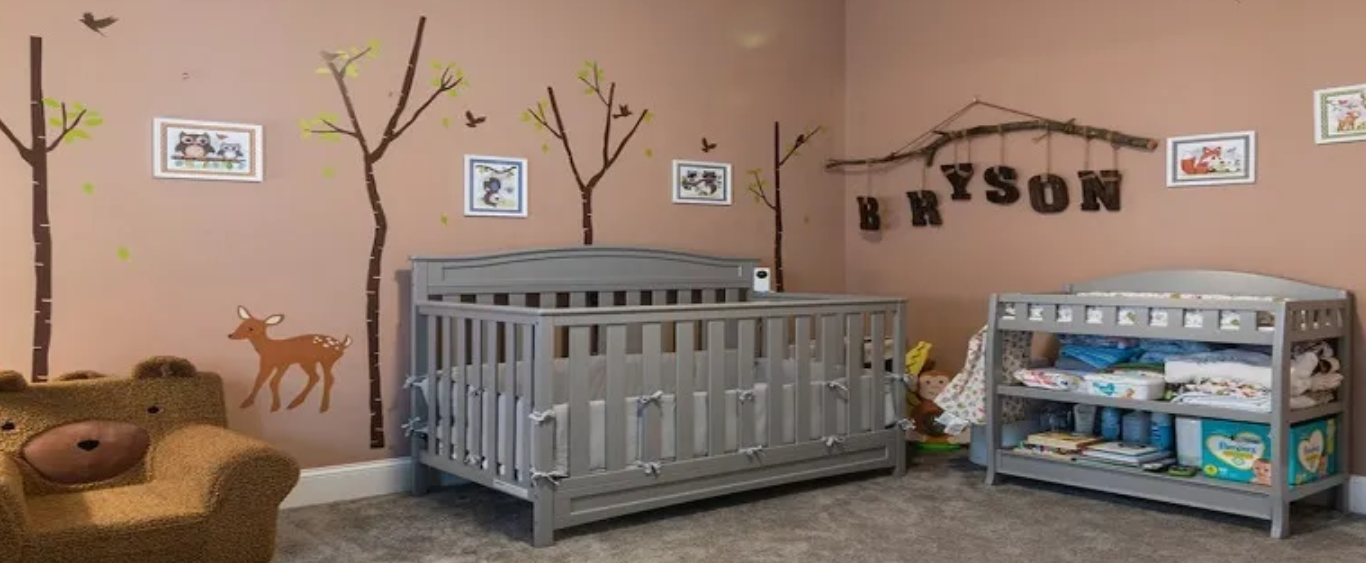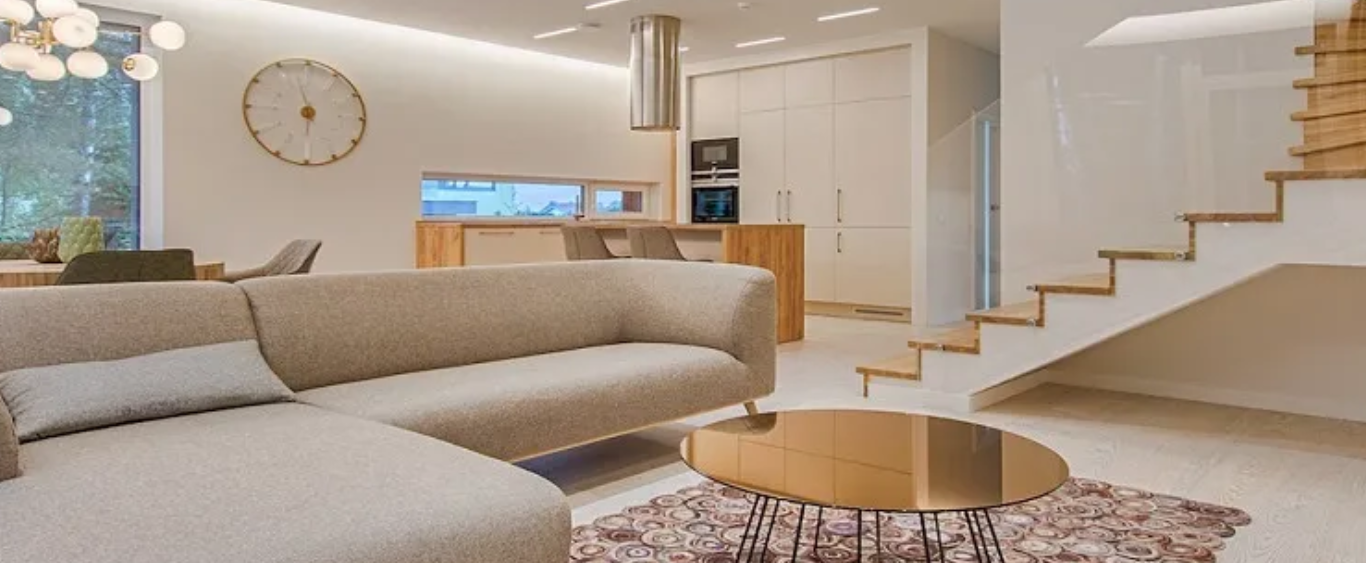The new wave of housing is driven towards the young mindset. These youths are not just tech-savvy and digitally inclined but also environmentally conscious. This demand has given birth to sustainable apartments: eco-friendly homes designed to reduce resource wastage, consumer lesser energy, and minimize adverse damage to nature.
But how does one determine a sustainable home? Here are some factors that will help you better understand this idea.
- Use of Natural Light
The use of natural light is the first way to make your home power efficient. By harnessing the sun’s natural light, we can cut down the use of electricity from lighting and heating units. These savings come from using large windows and well-designed balconies.
Some developers also pay special attention to the directions of rooms. Apart from the apparent demand for Vastu in the Indian Market, they plan homes to ensure each apartment has at least one side exposed to constant sunlight.
- Energy Compliant Resources in the Building
Today’s developers are making a conscious effort to ensure apartment buildings are more efficient in power and resource consumption. This change is driven by the help of automation and monitoring devices.
A simple example that has become a prerequisite; the use of automated water pumps. These are motors that detect the over-head tanks’ water level and turn the pump on (and off) only as per the need. This process saves power and reduces the waste of water.
Similarly, motion-sensors that control lights in common areas are a massive power-saver. Aparna One is one such project that offers apartments with smart digital assistance.
- Reusable Energy Resources
The optimum use of renewable energy is the best way to define sustainable apartments. The use of solar-powered-lighting for walkways and the outdoors is highly effective in encouraging green energy use. Additionally, a solar water heater also acts as an excellent alternative.
It is essential to use energy-conserving-bulbs like LEDs in common areas or regions of high foot-traffic. These bulbs draw less energy, even when on for long durations. This change will inevitably provide better savings.
Some developers go as far as to set up a water treatment plant and composting center in the apartment premises. The recycled water helps grow plants and gardens, thereby lowering costs and improving mineral composition. Composting can also help enrich the landscape and generates very little waste.
- Space Optimization
Space optimization in apartments is a two-step process. The first is that of the homes itself. It is a fact that the smaller the homes, the lower its energy expenditure. Secondly, the simple shapes of houses (like cubes and cuboids) also cost less and reduce resource wastage.
Careful planning for the future also brings a significant change. The apartment that finds a constant need to rebuild and refurbish the surroundings will spend more and deploy more resources.
- Eco-Friendly Construction
This is, hands down, the most crucial entity that influences sustainable apartments. The use of eco-friendly components will ensure better longevity, lower costs, and a better ecosystem. Some developers incorporate the use of recycled materials. Others rely on locally sourced materials for making these homes.
Even elements like paint and interior design can promote sustainable living. Low VOC paints are those that contain ‘Low Volatile Organic Compounds.’ These create zero adverse effects and contamination to the soil or the ozone layer. They are odorless and free of toxins too, which reduces the risk of allergies or breathing problems.
Final Thoughts
ANAROCK, the leader in real-estate research, defines a green-building as one that is made from technology and materials that are environment-friendly. This process should provide a better life cycle of the design, consumption, operation, and renovation.
Companies like Aparna Constructions take a significant step towards suitable living. They provide top-of-the-line luxury homes that do not just add value to your lives, but also the ecosystem.
Recommended blogs







